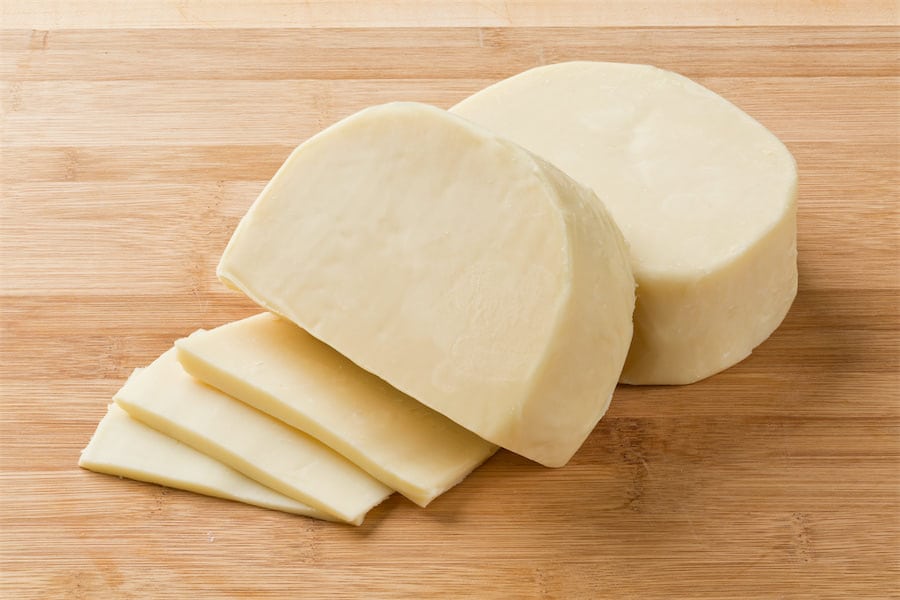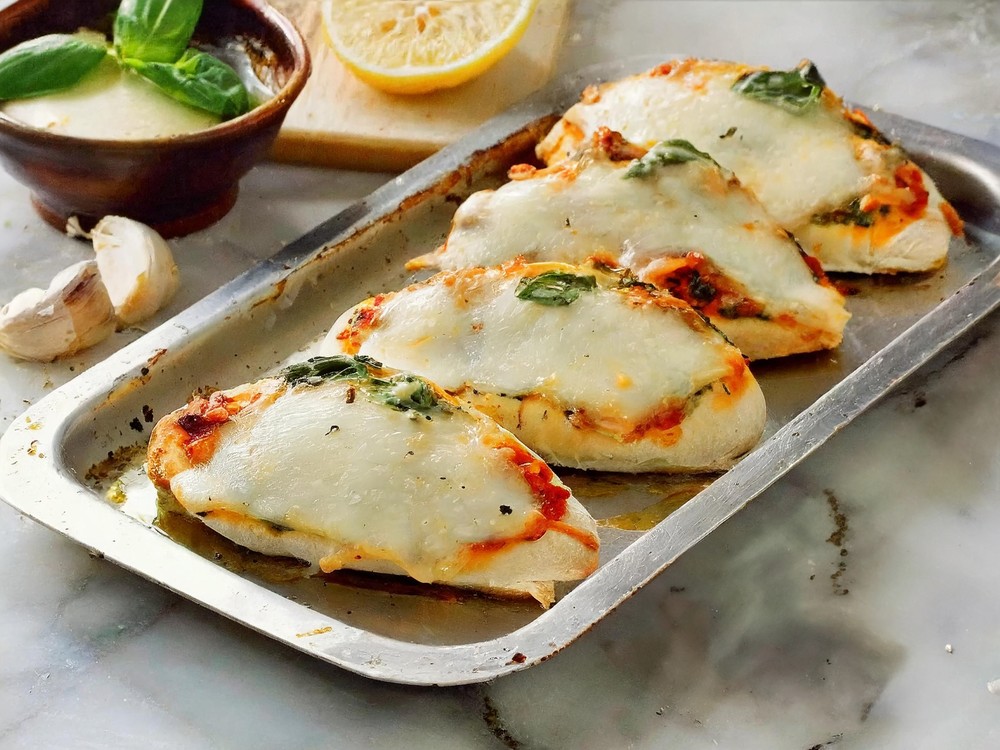Provolone is more than just a cheese; it's a culinary experience that brings flavors from Italy straight to your plate. Imagine biting into a rich, creamy texture with a tangy kick that leaves you craving for more. Whether you're a cheese connoisseur or simply love experimenting with food, provolone deserves a spot in your pantry. This versatile cheese isn't just for sandwiches—it's a game-changer for any dish!
Now, let's dive into what makes provolone so special. It's not just about the taste; it's about the history, the variety, and the endless ways you can incorporate it into your cooking. Whether you're making a classic Italian dish or looking to elevate your everyday meals, provolone has something for everyone.
So, why should you care about provolone? Because it's more than just a cheese—it's a cultural icon, a culinary staple, and a flavor sensation that will leave you hooked. Let's explore everything you need to know about this cheesy delight!
Read also:Instagram Amanda Bynes Now A Closer Look At Her Journey
What Exactly is Provolone?
Provolone is a semi-hard cheese that originated in Italy, and it's one of the most versatile cheeses out there. Made from cow's milk, it has a smooth texture and a flavor profile that ranges from mild and buttery to sharp and tangy, depending on how long it's been aged. This cheese is perfect for melting, slicing, or even grating, making it a favorite among chefs and home cooks alike.
One of the coolest things about provolone is its versatility. You can use it in so many ways! From topping a gooey grilled cheese sandwich to adding depth to pasta dishes, this cheese can elevate any meal. Plus, its rich history adds an extra layer of charm to every bite.
Provolone's Journey Through Time
Let's take a trip back to the origins of provolone. This cheese has been around since the 19th century, and it hails from the Campania region of Italy. Back in the day, it was made by small-scale producers who passed down the art of cheese-making from generation to generation. Over time, provolone gained popularity and is now produced all over the world, though the best versions still come from Italy.
Fun fact: The name "provolone" is derived from the Italian word "prova," which means "trial" or "sample." This is because the original makers would create small samples of cheese before producing larger batches. Today, provolone is a staple in Italian cuisine and beyond, gracing tables in restaurants and homes alike.
The Different Types of Provolone
Not all provolones are created equal! There are two main types of this delicious cheese: provolone dolce and provolone piccante. Each has its own unique flavor profile, so let's break it down:
- Provolone Dolce: This is the milder version of provolone, aged for about two to three months. It has a buttery, creamy taste that's perfect for sandwiches and appetizers.
- Provolone Piccante: For those who love a bit of a kick, this sharper version is aged for at least six months. It has a more intense, tangy flavor that works well in cooked dishes.
Which one you choose depends on your taste preferences and what you're cooking. Both types are amazing in their own way, so don't be afraid to experiment!
Read also:Dallas Cowboys Cheerleaders Salary The Inside Scoop You Need To Know
Provolone in Italian Cuisine
Provolone plays a starring role in many traditional Italian dishes. Think of the classic caprese salad, where slices of provolone add a creamy contrast to the fresh tomatoes and basil. Or picture a gooey lasagna, where melted provolone takes the dish to the next level. Even a simple antipasto platter becomes gourmet with the addition of this cheese.
Italian chefs have been using provolone for centuries because of its ability to enhance flavors without overpowering other ingredients. It's like the secret weapon in the kitchen that makes every dish taste better.
How Provolone is Made
The process of making provolone is as fascinating as the cheese itself. It all starts with fresh cow's milk, which is heated and mixed with rennet to create curds. These curds are then stretched and shaped into the iconic provolone form before being brined and aged. The aging process is what gives provolone its distinct flavor and texture.
What sets provolone apart from other cheeses is the stretching technique used during production. This is what gives it its smooth, elastic texture that's perfect for melting. If you've ever wondered why provolone is so gooey when melted, now you know—it's all thanks to the stretching!
The Art of Aging Provolone
Aging is where the magic happens with provolone. Depending on the type, it can be aged anywhere from two months to over a year. During this time, the flavors develop and intensify, resulting in the delicious cheese we all know and love. The longer it ages, the sharper the flavor becomes, which is why provolone piccante packs such a punch.
Artisanal producers take great care in aging their provolone, often using traditional methods passed down through generations. This attention to detail is what makes authentic Italian provolone so special.
Health Benefits of Provolone
Believe it or not, provolone isn't just delicious—it's also good for you! Like other cheeses, it's packed with essential nutrients like calcium, protein, and vitamin B12. These nutrients contribute to strong bones, muscle function, and overall health. Plus, the probiotics found in some cheeses can support gut health, making provolone a guilt-free indulgence.
Of course, moderation is key. While provolone offers plenty of health benefits, it's still a cheese, so enjoy it in reasonable portions. Pairing it with fruits, vegetables, and whole grains can create a balanced and nutritious meal.
Nutritional Breakdown of Provolone
Here's a quick look at the nutritional content of provolone:
- Calories: Approximately 400 per 100 grams
- Protein: About 25 grams per 100 grams
- Calcium: Around 750 mg per 100 grams
- Fat: Roughly 30 grams per 100 grams
As you can see, provolone is a nutrient-dense food that can be a valuable part of a healthy diet when consumed in moderation.
Provolone in Modern Cooking
While provolone has deep roots in Italian cuisine, it's also embraced by chefs around the world. Modern recipes incorporate this cheese in innovative ways, from gourmet pizzas to fusion dishes that blend flavors from different cultures. Its versatility makes it a favorite among culinary creatives who love to experiment.
For example, you can find provolone in everything from Mexican-inspired quesadillas to Asian fusion dumplings. It's a cheese that knows no boundaries, and that's what makes it so exciting to work with. Whether you're a home cook or a professional chef, provolone offers endless possibilities in the kitchen.
Provolone Pairings
When it comes to pairing provolone with other foods, the options are limitless. Here are a few ideas to get you started:
- Pair it with fresh fruits like apples or pears for a sweet and savory combo.
- Serve it with crusty bread and a drizzle of honey for a decadent treat.
- Combine it with cured meats like prosciutto for a classic Italian appetizer.
These pairings highlight the versatility of provolone and make it easy to enjoy in a variety of settings, from casual snacking to formal dinner parties.
Buying and Storing Provolone
Now that you're ready to dive into the world of provolone, let's talk about how to buy and store it. When shopping for provolone, look for cheese that's firm but not rock-hard, with a smooth, glossy surface. Check the label for the aging period to ensure you're getting the type you prefer.
Once you've brought your provolone home, store it in the refrigerator in its original packaging or wrap it tightly in plastic wrap. For longer storage, you can freeze provolone, though the texture may change slightly after thawing. Always let it come to room temperature before serving to enjoy its full flavor.
Tips for Serving Provolone
Here are a few tips to make the most of your provolone:
- Slice it thinly for sandwiches or appetizers.
- Grate it over pasta dishes for a cheesy finish.
- Melt it into soups or sauces for added richness.
These simple techniques can elevate your cooking and make your meals more flavorful and satisfying.
Provolone Around the World
While provolone originated in Italy, its popularity has spread far and wide. Chefs in countries like the United States, France, and even Japan have embraced this cheese and incorporated it into their cuisines. Each region puts its own spin on provolone, creating unique dishes that reflect local tastes and traditions.
This global appeal is a testament to the universal appeal of provolone. Whether you're enjoying a traditional Italian dish or a modern fusion creation, provolone brings something special to the table every time.
Provolone's Cultural Significance
In many cultures, cheese is more than just food—it's a symbol of tradition and community. Provolone, with its rich history and delicious flavor, plays an important role in preserving culinary heritage. It's a cheese that brings people together, whether it's at a family dinner or a festive gathering.
So the next time you enjoy a slice of provolone, take a moment to appreciate the story behind it. It's not just a cheese—it's a piece of history and culture that continues to evolve and inspire.
Conclusion
Provolone is more than just a cheese—it's a culinary treasure that deserves a place in every kitchen. From its humble beginnings in Italy to its global popularity today, provolone has captured the hearts and taste buds of food lovers everywhere. Whether you're a fan of its mild, buttery flavor or its sharp, tangy kick, there's a provolone for everyone.
So go ahead and explore the world of provolone. Try new recipes, experiment with pairings, and discover the endless possibilities this cheese has to offer. And don't forget to share your experiences with others—after all, sharing is caring!
Before you go, we'd love to hear from you. Have you tried provolone before? What's your favorite way to enjoy it? Leave a comment below and let us know. And if you found this article helpful, be sure to share it with your friends and family. Together, let's spread the cheesy love!
Table of Contents
- What Exactly is Provolone?
- Provolone's Journey Through Time
- The Different Types of Provolone
- Provolone in Italian Cuisine
- How Provolone is Made
- The Art of Aging Provolone
- Health Benefits of Provolone
- Nutritional Breakdown of Provolone
- Provolone in Modern Cooking
- Provolone Pairings
- Buying and Storing Provolone
- Tips for Serving Provolone
- Provolone Around the World
- Provolone's Cultural Significance


